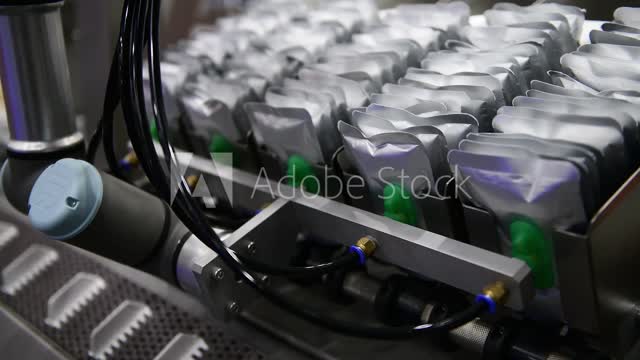Premium Only Content

Here are 6 steps in the production of stainless steel
http://festyy.com/edl7Dq
Stainless steel | Tuesday, 20 September 2016
This article was updated on the 17th. March 2022
Stainless steel is one of the most commonly used metals in modern construction.
Thanks to its corrosion resistance and pleasant appearance, this alloy is very common in the construction of decorative elements, especially in places with unfavourable atmospheric influences.
We basically see stainless steel all around us. Yet how many of us are familiar with the way this type of metal and its derivative products are made?
According to this article, there are six major steps in the production of stainless steel:
Melting and Casting
The raw materials that constitute a stainless steel item are placed together and melted in a giant electric furnace. Intense heat is applied rigorously for a period of 8 to 12 hours during this step. Once the meeting is complete, the molten steel is cast into desired semi-finished forms. Some of the most common forms or shapes include slabs, blooms (rectangular shapes), billets (these could either be round or square), rods, and tube rounds.
Forming
In the second stage, the semi-finished steel shapes undergo a series of forming operations. For instance, the stainless steel is hot rolled (heated and passed through enormous rolls). The blooms and billets mentioned above are converted to bar and wire. The slabs on the other hand are formed into plates, strips or sheets. It is very common to turn semi-finished steel shapes into bars, as it is the most versatile stainless steel form (it comes in all grades and sizes). You have round, squared, octagonal, and hexagonal bars, each suitable for a different type of application.
Heat Treatment
The various stainless steel forms undergo a thorough annealing process during this step. Annealing is another name for heat treatment where the stainless steel is heated and cooled in a controlled environment. The purpose of this heat treatment is to relieve the pent-up stress inside the stainless steel and soften the material to make it more suitable for a wide variety of applications. The people in charge of carrying out the annealing process have to be very careful about the conditions as even the slightest of changes in the temperature, pressure, duration, or cooling rate could result in a faulty product.
Descaling
During the annealing process, a certain amount of scale appears on the surface of the stainless steel. This scale can be removed using a number of different processes that are collectively known as descaling. Pickling is one of the more common methods of carrying out the descaling process.
Cutting
The semi-finished, heat-treated, and descaled stainless steel forms are cut into specific shapes in this step. Mechanical cutting is performed with the aid of guillotine knives, blanking, nibbling, and high-speed blades.
Finishing
Finishing is applied to help the stainless steel product achieve its signature aesthetically appealing appearance. Finishes are also needed to make the stainless steel product smooth and easier to clean, which is a top requirement in sanitary applications.
About Us https://bit.ly/3GUPFOa +919942258153 kvk.subadhra@gmail.com
Thank You Very Much for Sharing YourValuable Thoughts
https://ec906a59wg4zkzebr83hmfovtp.hop.clickbank.net
-
 13:43
13:43
Cooking with Gruel
2 days agoCreamy Saffron Risotto
100K20 -
 18:38
18:38
DeVory Darkins
1 day ago $25.25 earnedTrump Makes HUGE Announcement that may spark GOP Battle
76.2K81 -
 2:13:05
2:13:05
The Nerd Realm
14 hours ago $5.58 earnedNew Years Eve! Fortnite Hunters w/ YOU! Creator Code: NERDREALM
63.6K4 -
 11:04:44
11:04:44
FusedAegisTV
1 day agoNYE Eve! - 2025 Incoming 🎉 - 12hr Variety Stream!
129K7 -
 1:18:52
1:18:52
Awaken With JP
17 hours agoSomehow The World DIDN’T End This Year! - LIES Ep 72
164K88 -
 1:19:34
1:19:34
Michael Franzese
15 hours agoWhat 2024 Taught Us About the Future?
131K32 -
 1:48:09
1:48:09
The Quartering
15 hours agoBird Flu PANIC, Sam Hyde DESTROYS Elon Musk & Patrick Bet David & Woke Witcher?
137K78 -
 4:47
4:47
SLS - Street League Skateboarding
3 days agoLiz Akama’s 2nd Place Finish at SLS Tokyo 2024 | Best Tricks
60.5K6 -
 4:06:54
4:06:54
LumpyPotatoX2
14 hours agoHappy New Year Rumble ! - #RumbleGaming
44.9K -
 10:37
10:37
One Bite Pizza Reviews
1 day agoBest of Barstool Pizza Reviews 2024
69K32